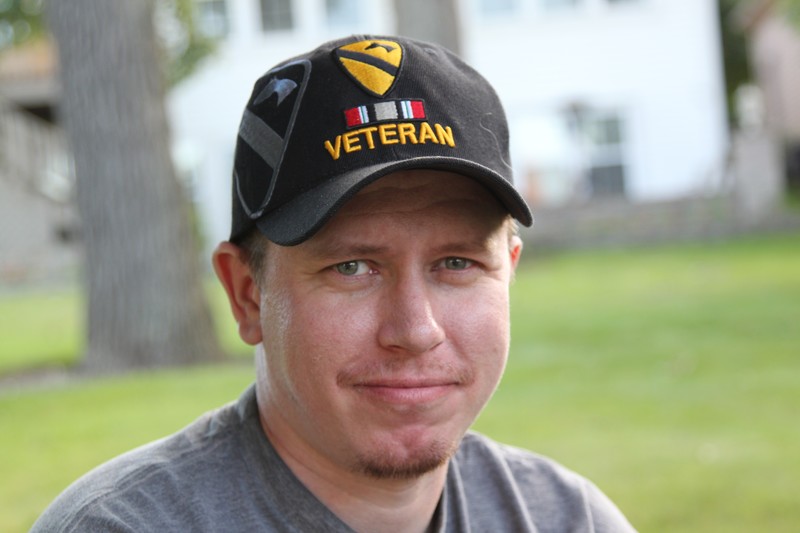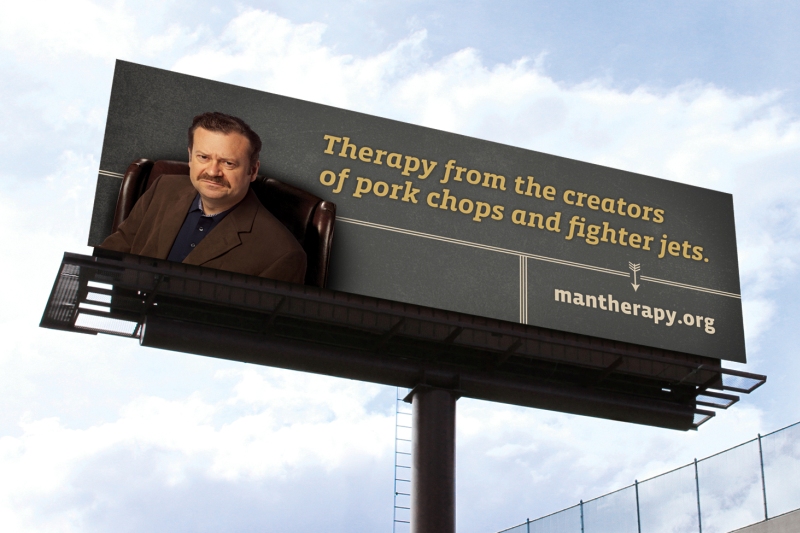Why Worker Resilience, Mental Health, and Suicide Prevention Matter to Safety and Risk Management Professionals
Safety professionals are keenly aware of job-related injury and mortality data; however, many are not taking into consideration how mental well-being is playing a role in injuries and death. Nor has much attention been given to the impact of psychosocial hazards at work.
For example, a November 16, 2018, study published by the Centers for Disease Control and Prevention (CDC), Suicide Rates by Major Occupational Group—17 States, 2012 and 2015, found that, in their large national sample, 20 percent of all men who died by suicide in the United States were in the construction/extraction industry. In 2017, 47,173 people in the United States died by suicide, 27,404 of them were men ages 20–64. If 20 percent of these men were in construction/extraction, we can estimate that over 5,000 men working in construction/extraction died by suicide, and yet—historically—these and other high-ranking industries have not focused on this form of death. Why?
Continue reading “Why Worker Resilience, Mental Health, and Suicide Prevention Matter to Safety and Risk Management Professionals”Evaluating Employee Assistance Programs: 15 Questions Workplaces Should Ask to Strengthen the Mental Health Safety Net
Employee assistance programs (EAPs) may be one of the best-kept secrets for many employers. Instead, EAP resources should be widely publicized to help encourage participation by managers, employees, and their family members. Providing support services for employees’ personal and workplace problems that have the potential to negatively affect work can promote vibrant workers and mitigate risk.
Acknowledgment
Thanks to Dr. Jodi Frey and Jon Kinning for assisting in the preparation of this article.
Continue reading “Evaluating Employee Assistance Programs: 15 Questions Workplaces Should Ask to Strengthen the Mental Health Safety Net”
What if They Say ‘Yes’ to Suicide Question?
What if you ask someone if they are thinking about suicide, and they say, “yes”? What do you say? Here are four responses that can make a difference.
Express gratitude
The first words out of your mouth: “Thank you.”
“Thank you for trusting me.”
“Thank you for your courage to be vulnerable with me.”
“Thank you for valuing our relationship.”
Often, when people express daunting thoughts about suicide, they expect to be judged. They anticipate that others will react in negative ways such as fear, anger, minimizing or shaming. When they hear a genuine expression of gratitude, often they are put at ease. This honoring response creates a safe space to move into next steps. Starting here is starting from a place of dignity and respect.
Continue reading “What if They Say ‘Yes’ to Suicide Question?”15 Top Apps for Mental Health
For many people, apps are a part of our everyday living – from Uber, to conference schedules, to how we find our restaurants. They can also be part of our resilience toolkit.
When we consider a comprehensive strategy to suicide prevention and mental health promotion, it’s helpful to segment approaches into “upstream” (preventing problems before they emerge through self-help), “midstream” (catching emerging problems early and linking people to least restrictive support) and “downstream” (helping people with more serious mental health challenges and suicidal thoughts) tactics.
Thus, for this article, I have organized some of the most popular, best-researched and most innovative apps into these three categories.
Continue reading “15 Top Apps for Mental Health”Want to Help Veterans’ Suicide Prevention? Hire Them.
Employers need to reevaluate their relationship with the military and the profound disconnect that exists between the lip service of “Thank you for your service” and the actual tangible, material benefits we give to our Armed Forces and veterans.
Acknowledgment
The author would like to thank and acknowledge the contributions to this commentary by authors David Maron and Jason Field.
The reception and perception veterans often receive by the civilian population is in need of a total overhaul.
Continue reading “Want to Help Veterans’ Suicide Prevention? Hire Them.”Language Matters: Why We Don’t Say “Committed Suicide”
Whenever a celebrity dies by suicide, the world pays attention, and the suicide prevention community braces for impact. Why? We know that the media will often circulate unsafe messaging for days after the tragedies and that this will have a suicide exposure effect on many people who are already vulnerable to suicide.
Recently, we lost not one but two well-known celebrities to suicide. Immediately, major media outlets went into high gear. Some journalists—unknowingly or intentionally—have been reporting in a way that has been shown in the research to increase suicide risk. Many elements of their reporting—romanticizing, glamorizing, gratuitously detailing the means of death, or depicting the death scene—are considered unsafe reporting practices and have been shown to contribute to an uptick in suicide attempts and deaths in the days and weeks following a celebrity’s suicide. Several other media outlets did an outstanding job reporting these newsworthy events with sensitivity and followed practices that would help people find hope and link to life-saving resources like the National Suicide Prevention Lifeline.
Continue reading “Language Matters: Why We Don’t Say “Committed Suicide””Social Media and Suicide Prevention
In 2017, a 15-year-old girl from Bedford, PA, was trying to live an ordinary teenage life until her classmates began bullying her. They attacked her on social media sites like Facebook and Kik about her red hair and braces, some going as far as telling her that she should kill herself. Her mother remembers finding the young girl sobbing for hours because of what people were saying about her in school and online. Even though her mother took her phone and tried to comfort the girl, less than a week later she would die by suicide.
Continue reading “Social Media and Suicide Prevention”Creating Community in a Digital Era
I grew up in a tight-knit neighborhood in a suburban town in Connecticut. When my family first moved in, there was a cul-de-sac at the end of our road, and all the kids used to ride bikes and play ball in the street. My parents lived there almost 40 years—and so did most of the other families.
We would have caroling parties where children and adults would crowd around a piano and belt out our favorite holiday tunes. One of our neighbors, a professional opera singer, would sing “O Holy Night” as the closing song every year in a way that sent shivers down our spines. The older kids would babysit the younger ones, and we would all wait at the bus stop together every morning. Hardly anyone moved into or out of that neighborhood in the 20 years I lived there, and now my parents, who currently live in Colorado, still travel back to spend time with their friends as often as they can.
Continue reading “Creating Community in a Digital Era”“Man Therapy”: Engaging Men in Their Mental Health
“You can’t fix your mental health with duct tape,” advises Dr. Richard Mahogany, a fictional therapist who is “manning up” mental health at www.ManTherapy.org.
The following is according to Mental Health America.
- 1-in-5 men develop alcohol dependence in their lifetime.
- Men are four times more likely to die of suicide than women are.
- Over 6 million men live with depression each year. Male depression often goes undetected because men are less likely to report symptoms of sadness and more likely to experience irritability and agitation when they are mentally unwell. This difference usually means women are more likely to get offered support, and men are more likely to get in trouble.
Five Practices To Help You Find Happiness at Work
You may be wondering, “Seriously? How can we focus on being happy at this time? How is this related to risk management?” Despair seems to be everywhere. Natural disasters are devastating our country. Political strife and international tensions have people on edge. So many people feel overwhelmed. Happiness at work seems an elusive fantasy in the midst of the grind.
National Suicide Prevention Awareness Month is underway. Many social media posts and events across the world promote crisis resources and encourage people to show up and “be there” for people experiencing suicidal thoughts, suicide attempts, and suicide grief. Important components of suicide prevention for sure, but often coming very late in the downward spiral.
Continue reading “Five Practices To Help You Find Happiness at Work”










